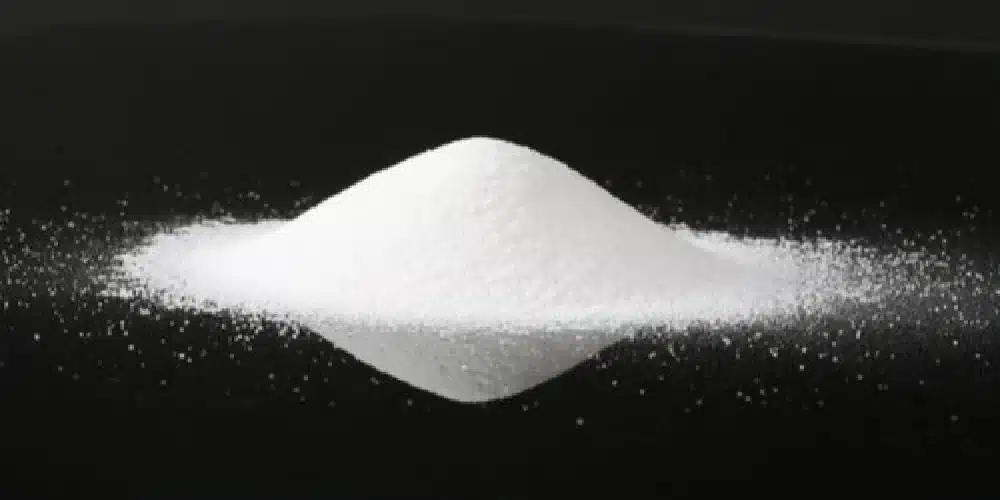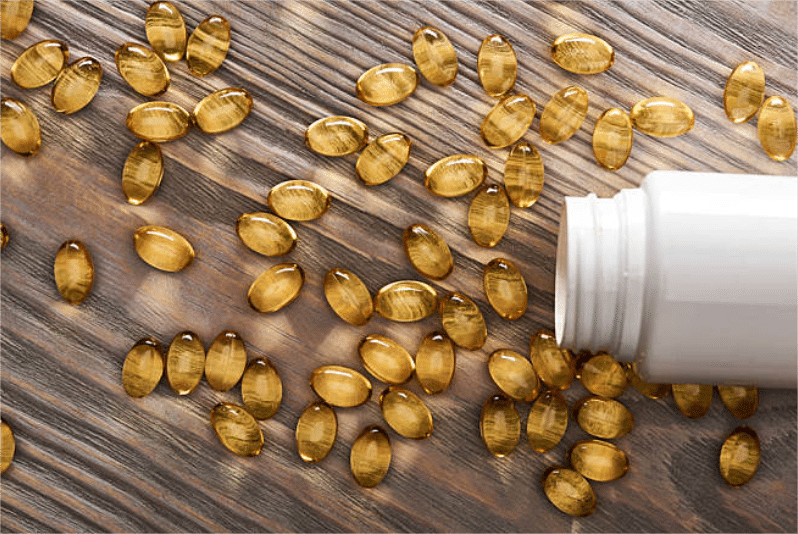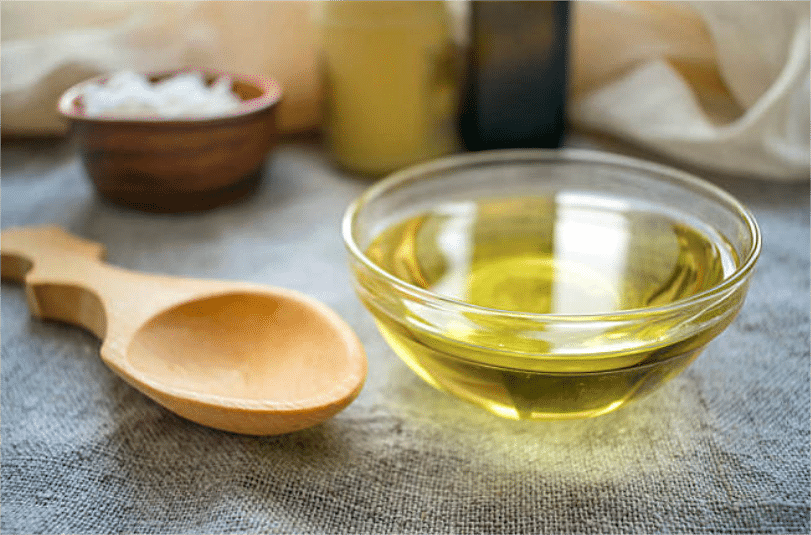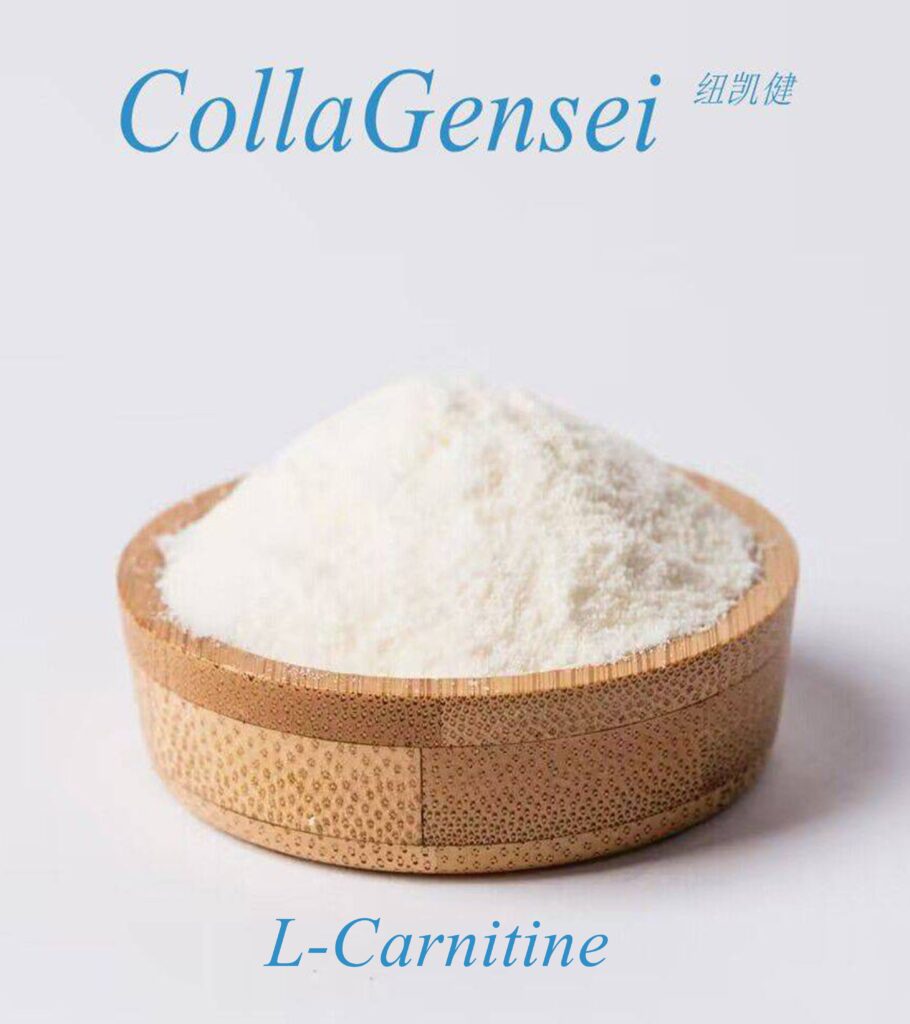Introduction
In beauty and skincare, two ingredients have gained significant attention for their remarkable benefits: hydrolyzed keratin and sodium hyaluronate. Both are commonly used in hair and skin care products but serve different purposes and offer distinct advantages. Understanding these two potent compounds can help you make informed decisions about your beauty and wellness routine.
This article will explore hydrolyzed keratin and sodium hyaluronate in detail, discussing their origins, benefits, applications, and critical differences. By the end of this guide, you will have a clearer understanding of how to utilize these ingredients effectively for healthier hair and skin.
What is Hydrolyzed Keratin?
Definition
Hydrolyzed keratin is a protein that has been broken down into smaller, more absorbable peptides through a process known as hydrolysis. Keratin itself is a natural protein found in hair, skin, and nails, known for its strength and resilience. When hydrolyzed, keratin becomes more accessible for the body to absorb, allowing for more effective repair and rejuvenation of hair and skin.
Sources of Hydrolyzed Keratin
Hydrolyzed keratin is typically derived from animal sources, including:
- Sheep Wool is a common source, as keratin is abundant in wool.
- Feathers: Often used in hair care products for their strengthening properties.
- Human Hair: Sometimes utilized in high-end formulations to closely match the natural hair structure.
- Other Animal Proteins: Various animal-derived keratins may be used in cosmetic products.
Production Process
The production of hydrolyzed keratin involves several key steps:
- Extraction: Keratin is extracted from natural sources like wool or feathers.
- Hydrolysis: The extracted keratin undergoes hydrolysis and is treated with water, acids, or enzymes to break it down into smaller peptides. This process enhances its solubility and absorption.
- Purification: The hydrolyzed keratin is then purified to remove impurities, resulting in a clear liquid easily incorporated into beauty products.
Benefits of Hydrolyzed Keratin
Hydrolyzed keratin offers numerous benefits for hair, skin, and nails, making it a popular ingredient in many beauty formulations:
- Hair Repair: Hydrolyzed keratin penetrates the hair shaft, filling in gaps and cracks caused by damage. This restores strength and elasticity, leading to healthier hair.
- Enhanced Shine: Hydrolyzed keratin increases shine by smoothing the hair cuticle, making the hair look glossy and vibrant.
- Frizz Control: Hydrolyzed keratin helps control frizz by forming a protective layer around each strand, making hair more manageable.
- Nail Strengthening: Hydrolyzed keratin can strengthen brittle nails, reduce breakage, and promote overall nail health.
- Skin Hydration: When applied to the skin, hydrolyzed keratin helps to improve moisture retention and enhance skin texture.
- Elasticity Improvement: Regular use of hydrolyzed keratin can enhance the elasticity of both hair and skin, making them more resilient to environmental stressors.
Common Uses of Hydrolyzed Keratin
Hydrolyzed keratin is commonly found in a variety of beauty products, including:
- Shampoos: Many shampoos incorporate hydrolyzed keratin to nourish and strengthen hair during cleansing.
- Conditioners: Conditioners often contain hydrolyzed keratin for deep hydration and repair of damaged hair.
- Hair Masks: Intensive treatments utilize hydrolyzed keratin to restore moisture and strength to hair.
- Skincare Products: Some moisturizers and serums include hydrolyzed keratin to improve skin hydration and texture.
- Nail Treatments: Hydrolyzed keratin is found in nail strengtheners and treatments designed to maintain healthy nails.
What is Sodium Hyaluronate?
Definition
Sodium hyaluronate is a derivative of hyaluronic acid, a naturally occurring substance in the body known for its exceptional ability to retain moisture. It is often used in skincare and cosmetic formulations for its hydrating properties. Sodium hyaluronate is smaller in molecular size than hyaluronic acid, allowing it to penetrate the skin more effectively and provide deep hydration.
Sources of Sodium Hyaluronate
Sodium hyaluronate can be sourced from:
- Fermentation: Many commercial formulations use bacterial fermentation to produce sodium hyaluronate, making it a vegan-friendly option.
- Animal Sources: Historically, sodium hyaluronate was derived from rooster combs or other animal tissues, but modern production methods often utilize fermentation.
Production Process
The production of sodium hyaluronate involves the following steps:
- Fermentation: Bacterial strains are fermented to produce hyaluronic acid.
- Sodium Salting: The hyaluronic acid is then treated with sodium ions to create sodium hyaluronate.
- Purification: The resulting sodium hyaluronate is purified to ensure it is free from impurities, resulting in a high-quality product suitable for skincare applications.
Benefits of Sodium Hyaluronate
Sodium hyaluronate is renowned for its hydrating properties and offers a range of benefits for the skin:
- Intense Hydration: Sodium hyaluronate can hold up to 1,000 times its weight in water, making it an exceptional moisturizer for the skin.
- Improved Elasticity: Regular use can enhance skin elasticity, making it appear firmer and more youthful.
- Soothing Properties: Sodium hyaluronate has anti-inflammatory properties that can help soothe irritated skin and reduce redness.
- Enhanced Barrier Function: It helps strengthen the skin’s natural barrier, preventing moisture loss and protecting against environmental damage.
- Fine Line Reduction: By providing deep hydration, sodium hyaluronate can plump the skin, reducing the appearance of fine lines and wrinkles.
Common Uses of Sodium Hyaluronate
Sodium hyaluronate is widely used in various beauty products, including:
- Serums: Many hydrating serums contain sodium hyaluronate to deliver intense moisture to the skin.
- Moisturizers: Creams and lotions often incorporate sodium hyaluronate for added hydration.
- Eye Creams: Sodium hyaluronate is frequently used in eye creams to hydrate the delicate skin around the eyes.
- Facial Masks: Hydrating masks often feature sodium hyaluronate for an extra moisture boost.
- Injectable Fillers: Sodium hyaluronate is used in dermal fillers to add volume and hydration to the skin.
Hydrolyzed Keratin vs. Sodium Hyaluronate: A Detailed Comparison
- Composition and Structure
Hydrolyzed keratin is a protein composed of amino acids, while sodium hyaluronate is a hyaluronic acid derivative classified as a polysaccharide. This fundamental difference in composition leads to their distinct functions and uses in beauty products.
- Mechanism of Action
- Hydrolyzed Keratin: Works primarily by repairing and strengthening hair and skin from the outside. It fills in damaged areas, smooths the surface, and enhances overall appearance.
- Sodium Hyaluronate: Functions by providing deep hydration from within. Its small molecular size allows it to penetrate the skin more effectively, delivering moisture where needed most.
- Target Audience
- Hydrolyzed Keratin: Ideal for individuals seeking to improve the health and appearance of their hair, skin, or nails. It mainly benefits those with damaged or frizzy hair, dry skin, or brittle nails.
- Sodium Hyaluronate: Targeted towards individuals looking for intense hydration, especially those with dry, dehydrated, or aging skin. It is suitable for all skin types, including sensitive skin.
- Common Applications
Hydrolyzed keratin is commonly found in hair care products, skincare formulations, and nail treatments. Sodium hyaluronate is primarily used in serums, moisturizers, and injectable fillers, focusing on delivering hydration and improving skin texture.
- Efficacy and Research
Both hydrolyzed keratin and sodium hyaluronate have been studied for their efficacy:
- Hydrolyzed Keratin: Research supports its benefits for hair and skin health, demonstrating its ability to improve moisture retention, reduce damage, and enhance overall appearance.
- Sodium Hyaluronate: Numerous studies have confirmed its exceptional hydrating properties and ability to improve skin elasticity, reduce fine lines, and enhance the skin barrier.
- Safety and Side Effects
- Hydrolyzed Keratin: Generally considered safe for topical use; however, individuals with specific allergies (such as wool or feathers) should check product labels.
- Sodium Hyaluronate: Generally regarded as safe for all skin types. It rarely causes allergic reactions or irritation, making it suitable for sensitive skin.
- Combination Use
Hydrolyzed keratin and sodium hyaluronate can be used together for a holistic approach to beauty. For example, using a shampoo containing hydrolyzed keratin for hair health while applying a serum with sodium hyaluronate can provide comprehensive care for both hair and skin.
Practical Applications
How to Incorporate Hydrolyzed Keratin into Your Routine
- Shampoos and Conditioners: Look for hair care products that list hydrolyzed keratin among the top ingredients for adequate nourishment and repair.
- Hair Masks: Use hair masks with hydrolyzed keratin weekly to restore moisture and strengthen your hair.
- Skincare Products: Choose moisturizers and serums with hydrolyzed keratin to improve skin hydration and texture.
- Nail Treatments: Apply nail strengtheners containing hydrolyzed keratin to maintain healthy and strong nails.
How to Incorporate Sodium Hyaluronate into Your Routine
- Hydrating Serums: Use sodium hyaluronate as a base layer before your moisturizer to lock in moisture.
- Moisturizers: Choose creams and lotions that feature sodium hyaluronate for enhanced hydration.
- Eye Creams: Incorporate eye creams with sodium hyaluronate into your routine to keep the delicate area around your eyes hydrated.
- Facial Masks: Treat yourself to hydrating masks that contain sodium hyaluronate for an extra moisture boost.
Conclusion
Hydrolyzed keratin and sodium hyaluronate are exceptional ingredients that play vital roles in hair and skin health. Hydrolyzed keratin repairs and strengthens hair, skin, and nails, while sodium hyaluronate delivers intense hydration and moisture retention. Understanding their unique properties can help you choose the right products for your beauty regimen.
You can achieve healthier, more vibrant hair and skin by incorporating hydrolyzed keratin and sodium hyaluronate into your routine. Whether you want to repair damaged hair, enhance your skin’s hydration, or maintain healthy nails, these powerful ingredients can help you reach your goals. Embrace the benefits of hydrolyzed keratin and sodium hyaluronate, and enjoy their transformative effects on your overall beauty and wellness.




